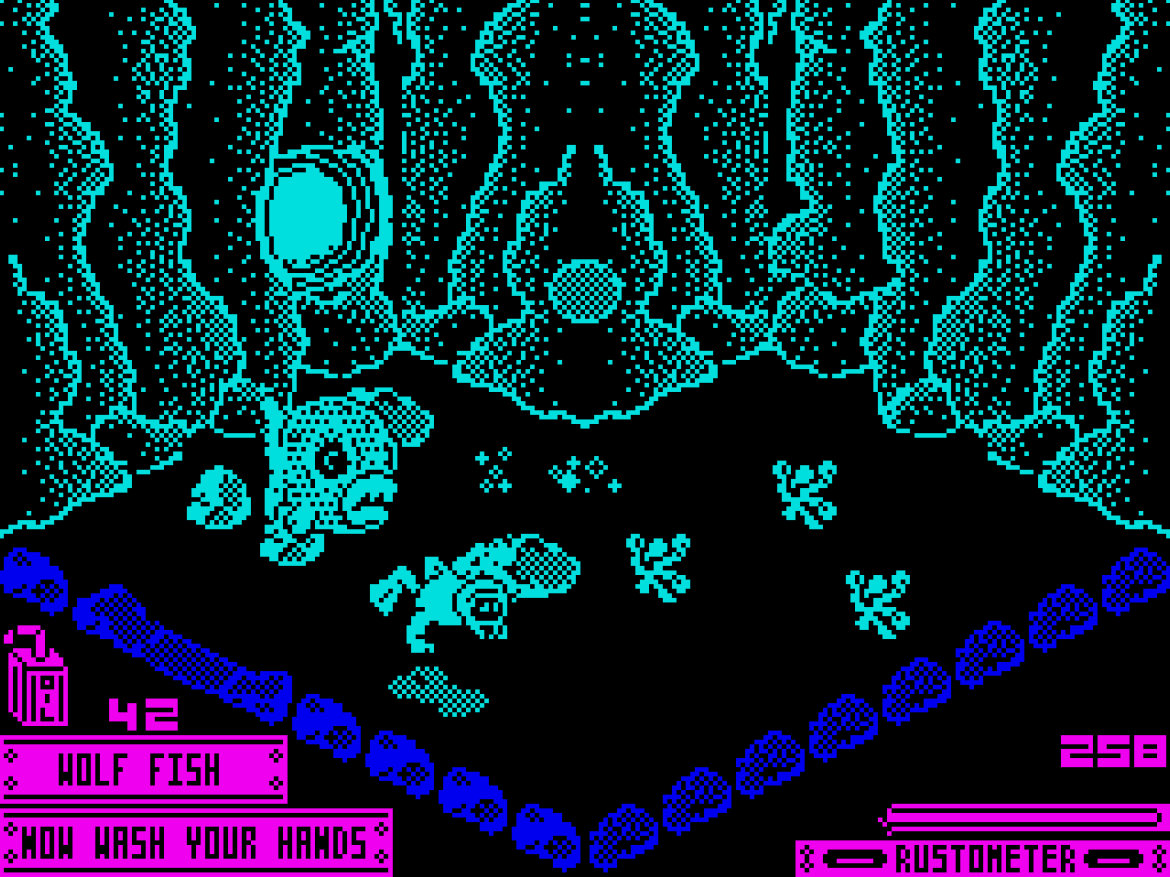Welcome back, readers.
First things first, thank you this week to everyone who circulated our Patreon Update or became a backer! We’ve seen a boost in support that has helped pull us out of immediate peril, and we’re incredibly grateful for that. We’d like to push this a bit further in the hopes of building up more long-term security for our work, so if you haven’t already retweeted the original post or are interested in becoming a backer yourself, we’d love that!
Now, on with the usual good stuff.
This Week in Videogame Blogging is a roundup highlighting the most important critical writing on games from the past seven days.
Representation Matters
Meaningfully diverse representation has to be more than just the characters on-screen. It has to extend to the stories being told, the influenes they draw upon, the themes being wrestled with, and–most critically–the people telling the stories.
- ‘I need diverse games!’ How an angry tweet became a life-changing moment | The Guardian
Keza MacDonald chats with Tanya DePass about the ongoing need for better representation not just within game worlds, but within the games industry at large. - Elden Ring’s best bosses and locations drew inspiration from an unlikely source | Inverse
Cian Maher takes inventory of how Elden Ring is absolutely suffused with influence from Irish mythology and points out, among other things, that you’ve probably been pronouncing “Siofra” wrong. - Your Apocalypse is Bad and Wrong and I would Know | Medium
Nicanor Gordon faults the white western model of apocalpyse fiction in games for, among other things, a linear and deterministic view of history and an (ahistorical) emphasis on cruelty over community.
“To live in the Global South is to brave apocalyptic conditions enacted by the West. They appropriate our stories, but they change the setting, they make up a villain, and then they cast themselves as the hero. Their empty dioramas are filled with caricatures of cruelty and sadism. Their “reality” is voyeuristic and escapist. After all, they’re only tourists here.”
Design Constraints
Our next section this week is about tactics, choices, and affordances in games, and the ways in which systems and worlds impact those decisions and outcomes.
- In Disco Elysium, Cops Aren’t Community | Unwinnable
Ruth Cassidy observes that in Disco Elysium you can cop your way through the game, if you like, but you cannot cop your way to a better Revachol. - Fire Emblem Warriors Was Brilliant Actually: A Defense Of Musou | Kotaku
Sisi Jiang makes the case for the strategic depth beneath the surface of the tried-and-true Musou hack-and-slash format. - Star-crossed love: Navigating confinement in Starfighter: Eclipse – Haywire Magazine
Eric Cline explores the interesting constraints at play in a military sci-fi dating sim, be they physical, mechanical, hierarchical, or canonical.
“Ultimately, Starfighter: Eclipse is a game that defies its own boundaries to deliver stories of love and sex within containment. From the literal confines of a ship far off from human civilization to the unique challenges of basing a visual novel on more linear source material, Eclipse balances the realities that shape all romance: uncontrollable circumstances and the free will to navigate them.”
Art Lessons
Here we’ve got two breakdowns of the culture and context which inform in-game art assets.
- Blasphemous: un videojuego con una visión diferente de la Semana Santa | GamerFocus
Julián Ramírez documents Blasphemous‘ macabre, critical spin on Holy Week imagery (Spanish-language article). - The Beauty of Oblivion’s Map | TheGamer
Khee Hoon Chan offers a rich analysis of the artistry and ideology of mapping out the Imperial Province.
“Unlike Mordor, Oblivion sought to follow the Tolkien tradition of map-making, even if it’s not as finely illustrated as his maps. The game is set in the province of Cyrodiil, which is also known as the Imperial Province or the capital province of the human empires in Tamriel, one of the Elder Scrolls series’ many continents. And what we know of maps, in essence, is that they are more than just a way to inform people of the specifics of a province, country or region, but they’re also inherently political, capable of shaping our collective worldview, while also a reflection of the cartographer’s priorities.”
Time and Place
Our next three featured writers situate their games and platforms of study in their original cultural moments to better understand their influences and legacies.
- The Spectrum wasn’t just a computer – it was a family | Eurogamer.net
Graeme Mason celebrates Sir Clive’s micro for the masses. - Kingdom Hearts made crossovers cool — cursing us all, and itself too | Polygon
Maddy Myers situates Kingdom Hearts in its original context: when crossovers were novel, fanfiction was subversive, and Disney didn’t own quite as large a chunk of the known universe. - Spellgram | CD-ROM Journal
Misty De Méo uncovers the trace remnants of a lost Japanese space fantasy epic from the mid-90s CD-ROM-interactive-multimedia days.
“Spellgram is described as a “space fantasy” incorporating heraldry and hidden spells. Unfortunately, this hint is close to the only taste of what the game might have been; the catalogue is vague about the story they hoped to tell and how it would have played. The screenshots don’t reveal much about gameplay, though they imply an interesting setting.”
Critical Chaser
A beautiful comic to close out the week.
- Extra Lives | Unwinnable
Sara Clemens reminisces, via Shiek and Ocarina of Time, about girlhood and a world hostile to it.
Subscribe
Critical Distance is community-supported. Our readers support us from as little as one dollar a month. Would you consider joining them?
Contribute
Have you read, seen, heard or otherwise experienced something new that made you think about games differently? Send it in!


